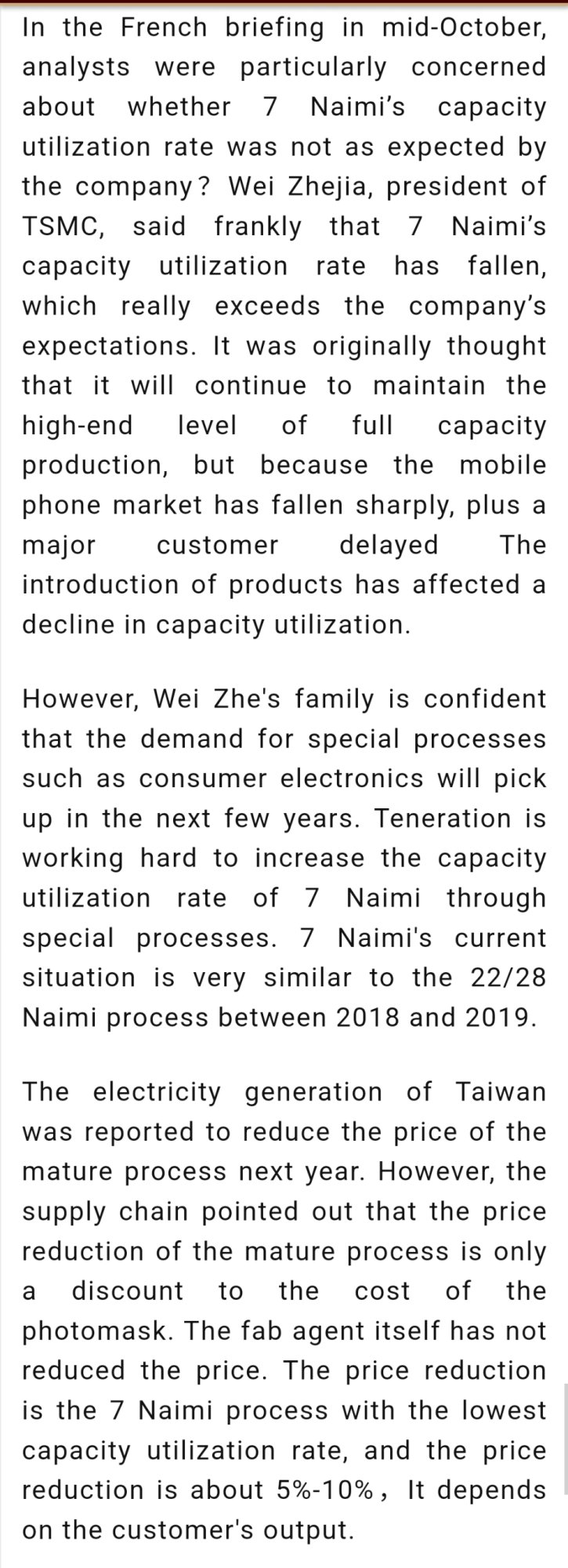The c-cores are normally used for server products, but AMD has recently started using them in low power consumer products such as phoenix 2 (2 zen4 + 4 zen4c)
It is speculated that, Sonoma Valley, a successor to AMD Mendocino (a very low power APU) could utilize zen 5c that is fabricated on Samsung 4nm
The lower-end models in the Zen 5c lineup are expected to be made using Samsung’s 4nm process, while the higher-end models will utilize TSMC’s 3nm process.
https://www.gizmochina.com/2023/11/18/amd-eyes-samsungs-4nm-process-for-zen-5c-chip-production/
If the report is true, it's extremely odd that AMD would have two versions of the same chip made by two different foundries on two processes. As far as we can recall, something like that has never been done before, so we're very curious to see what this looks like in the real world when Zen 5 arrives in 2024.
https://www.extremetech.com/computing/amd-reportedly-taps-samsung-foundry-for-4nm-zen-5c-designs
News Sources:
@Tech_Reve,
@faridofanani96
@Olrak29_
It is speculated that, Sonoma Valley, a successor to AMD Mendocino (a very low power APU) could utilize zen 5c that is fabricated on Samsung 4nm
The lower-end models in the Zen 5c lineup are expected to be made using Samsung’s 4nm process, while the higher-end models will utilize TSMC’s 3nm process.
https://www.gizmochina.com/2023/11/18/amd-eyes-samsungs-4nm-process-for-zen-5c-chip-production/
If the report is true, it's extremely odd that AMD would have two versions of the same chip made by two different foundries on two processes. As far as we can recall, something like that has never been done before, so we're very curious to see what this looks like in the real world when Zen 5 arrives in 2024.
https://www.extremetech.com/computing/amd-reportedly-taps-samsung-foundry-for-4nm-zen-5c-designs
News Sources:
@Tech_Reve,
@faridofanani96
@Olrak29_
Samsung reportedly has obtained 4nm server chip orders from AMD
https://www.digitimes.com/news/a20231116PD210/samsung-4nm-server-chip-amd.htmlAMD’s Zen 5c chips could be made by Samsung’s improved 4nm technology
https://www.sammobile.com/news/amd-zen-5c-chips-samsung-foundry-4nm/
Samsung lands orders for AMD's 4nm CPUs as chipmaker reportedly seeks to diversify production
https://www.tomshardware.com/pc-components/cpus/samsung-lands-orders-for-amds-4nm-cpus-reportAMD's Prometheus to be made both by TSMC and Samsung.
The report from DigiTimes claims that AMD is set to produce Zen 5c-based 'Prometheus' at two contract semiconductor chipmakers: Samsung Foundry and TSMC. The former is reportedly projected to make 'basic' versions of Prometheus on one of its 4nm-class process technologies, whereas the latter is expected to manufacture 'more advanced' versions of Prometheus on a 3nm-class production node.
Samsung secures orders for AMD's 4 nm Zen 5c cores
https://www.notebookcheck.net/Samsung-secures-orders-for-AMD-s-4-nm-Zen-5c-cores.769623.0.htmlSources close to DigiTimes inform that Samsung managed to secure an important order from AMD. The title of the report refers to server chip orders, but DigiTImes then mentions Zen 5c cores on 4 nm nodes. This type of cores is similar to Intel’s efficiency cores that do not use hyperthreading, but AMD’s c-cores have only been included in the mobile-grade Phoenix2 processors up until now, so the information regarding server chips could be exaggerated.
In any case, the shift towards another foundry is definitely a new strategy for AMD. Over the last decade, Team Red has solely collaborated with TSMC on the processor core side. For the upcoming Zen 5 Prometheus architecture, however, it looks like AMD is looking to diversify the production venues. According to DigiTimes, Samsung would produce 4 nm “basic” versions of the Prometheus chips, while TSMC would handle the “more advanced” cores on the latest cutting-edge 3 nm nodes.
Last edited:
![[H]ard|Forum](/styles/hardforum/xenforo/logo_dark.png)

